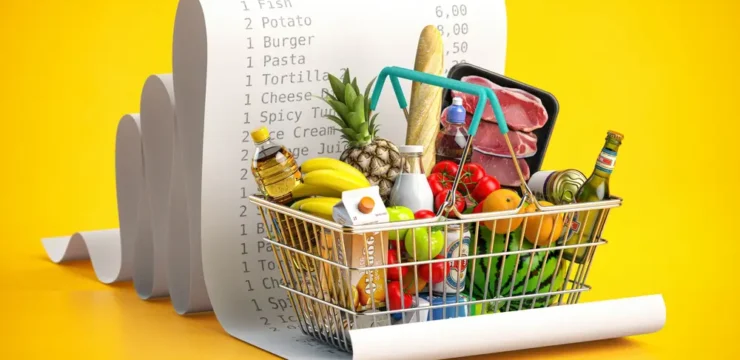In an era of fast food and overly processed snacks, more people are turning toward clean eating as a way to nourish their bodies and minds. At its core, clean eating isn’t a strict diet or passing trend—it’s a lifestyle that emphasizes whole, minimally processed foods. One way to elevate this approach is by incorporating organic choices that align with your health and sustainability goals.
What Is Clean Eating?
Clean eating focuses on foods that are:
-
As close to their natural state as possible
-
Free from artificial additives and preservatives
-
Rich in nutrients and fiber
-
Prepared in simple, health-conscious ways
Rather than cutting out entire food groups, clean eating encourages balanced meals made from real ingredients. It’s about reading labels, choosing whole foods, and being mindful of what goes into your body.
Where Organic Fits In
Organic foods are grown and processed without the use of most synthetic fertilizers, pesticides, and genetically modified organisms (GMOs). For those following a clean eating lifestyle, organic choices naturally complement this approach by offering products that are:
-
Minimally altered from their natural state
-
Free from artificial additives and preservatives
-
Environmentally friendly and often sustainably sourced
While organic does not automatically mean “healthier,” it often aligns with the values of people who are trying to reduce unnecessary chemicals in their diet and support ethical food production.
Simple Ways to Clean Up Your Plate
Clean eating doesn’t have to be complicated. Here are a few ways to make the switch:
1. Shop the Perimeter of the Grocery Store
This is where you’ll usually find fresh produce, dairy, meats, and whole grains—foods that fit into both clean and organic categories.
2. Read the Ingredient List
Look for products with five or fewer recognizable ingredients. Avoid those with artificial colors, flavor enhancers, or preservatives.
3. Prioritize Organic When It Matters Most
Start with produce known to carry higher pesticide residues (like those on the Environmental Working Group’s Dirty Dozen list). Organic versions of these foods can help reduce your exposure.
4. Cook More at Home
Preparing your own meals lets you control what goes in your food. Choose organic staples like oats, rice, lentils, and vegetables to create nourishing, clean meals.
5. Drink Clean, Too
Opt for filtered water, herbal teas, and naturally flavored beverages. Skip the sugary sodas and artificial energy drinks when possible.
Benefits Beyond the Plate
Choosing clean, organic food isn’t just about personal wellness—it also supports environmentally friendly farming practices, improved soil health, and better treatment of animals and workers. These broader benefits can be an important motivator for those seeking a more mindful, sustainable lifestyle.





